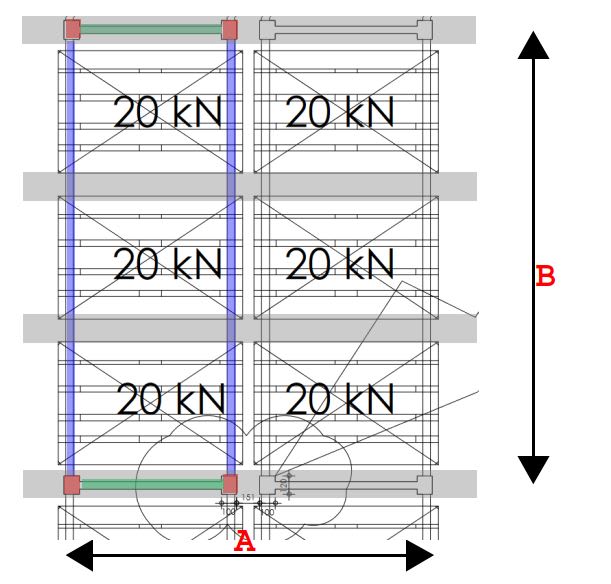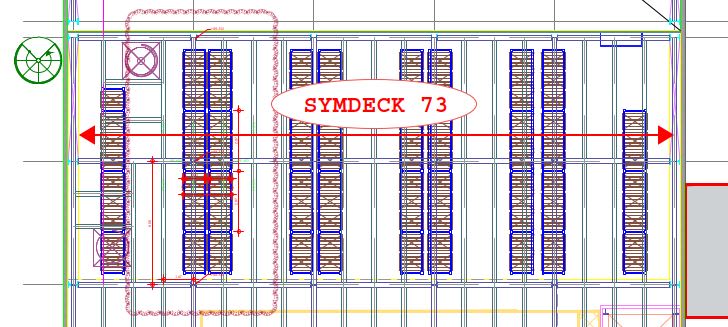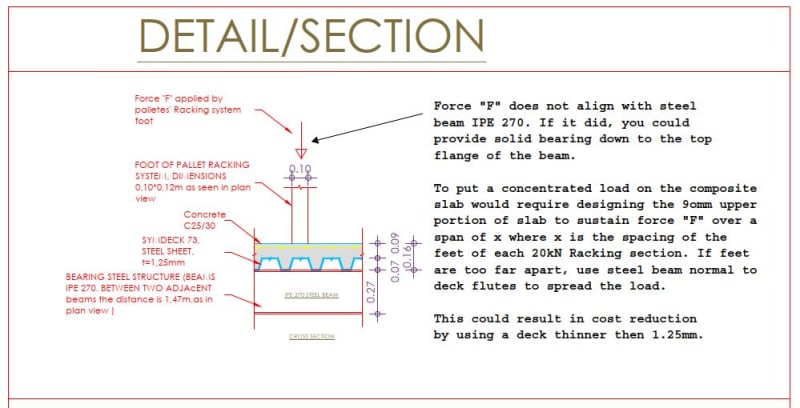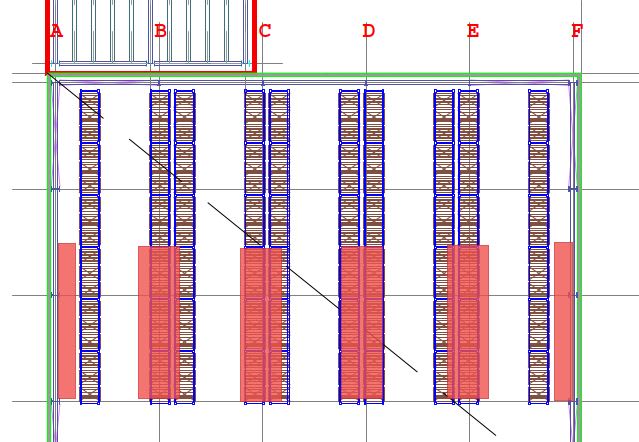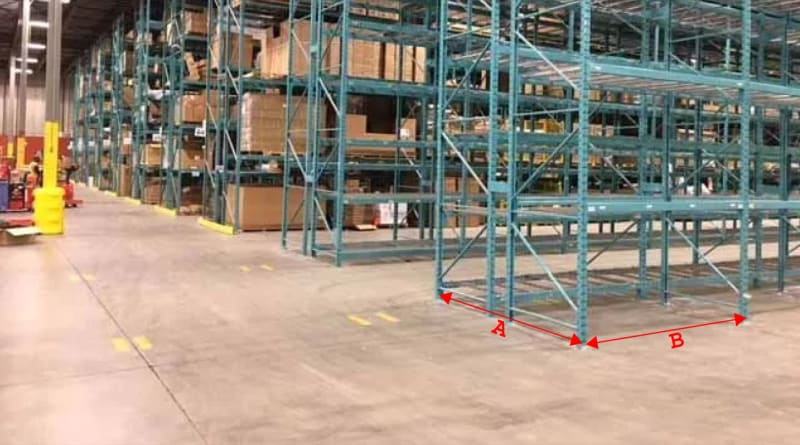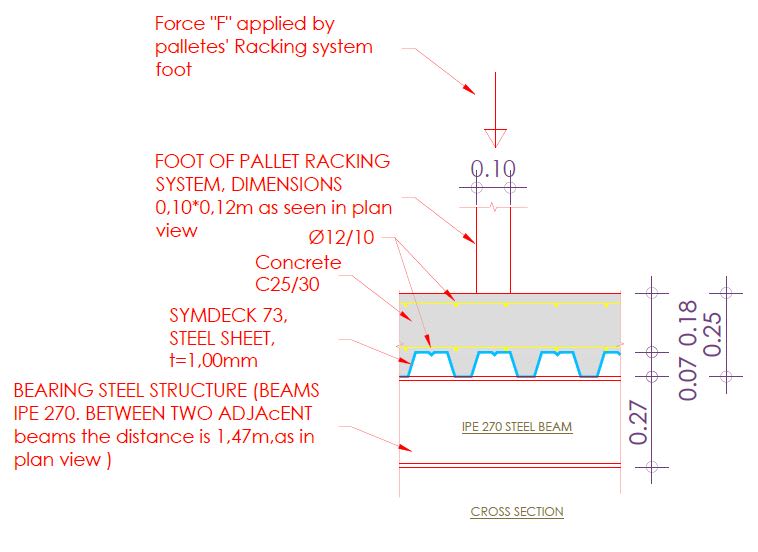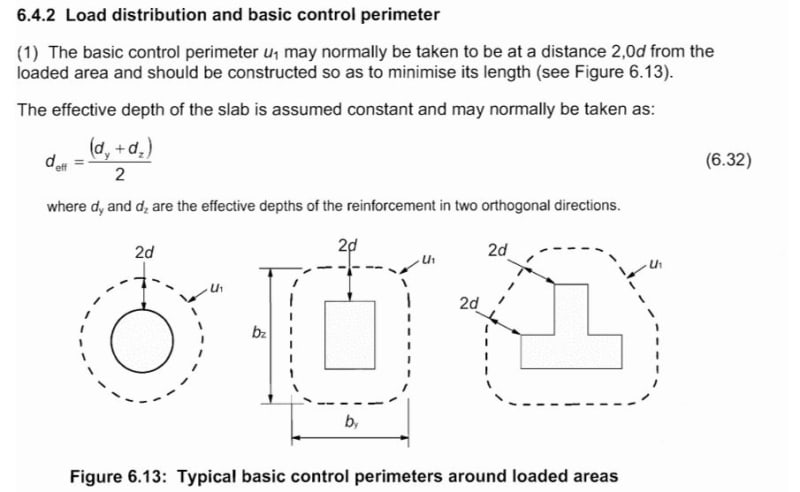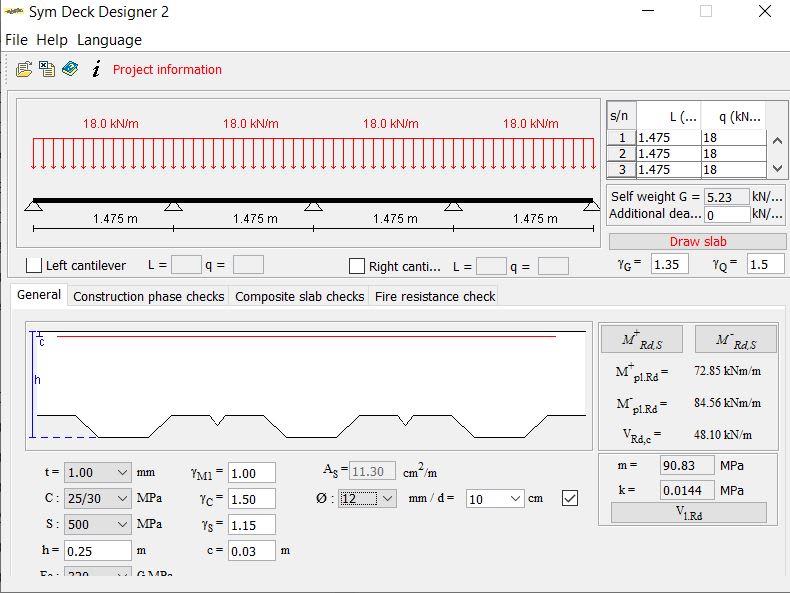Dear Sir,
i would like to check a steel sheet slab that has concrete above for concentrated big load. Load is 60kN in an area of 0,1x0,1m2. The total slab thickness is 16cm (from down part of steel sheet to top of concrete layer).
Steel sheet thickness is 1,25mm. (image linked)
i would like to check a steel sheet slab that has concrete above for concentrated big load. Load is 60kN in an area of 0,1x0,1m2. The total slab thickness is 16cm (from down part of steel sheet to top of concrete layer).
Steel sheet thickness is 1,25mm. (image linked)

